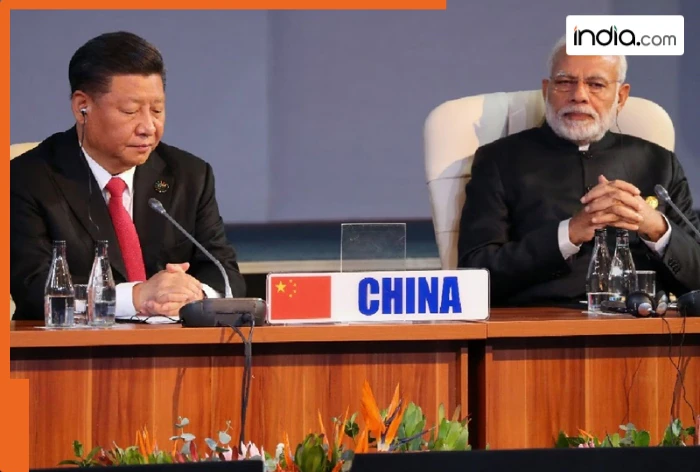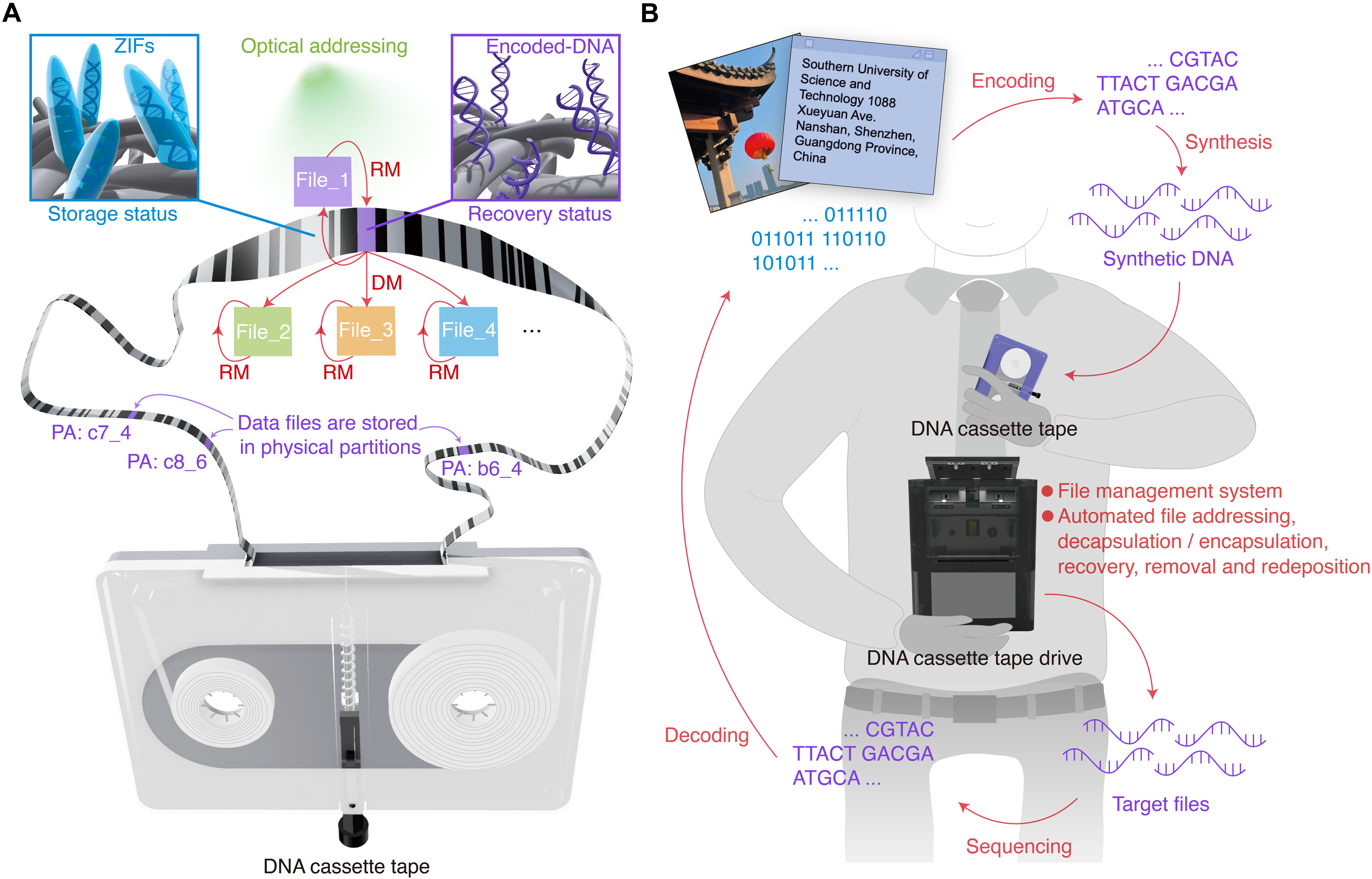China rises way above others in this crucial field; where does India stand? Can Elephant match Dragon in coming years?
By Tahir Qureshi
Copyright india

New Delhi: In the 21st century batteries do what oil used to do earlier and China has single-handedly won this new game. From mining to refining battery manufacturing to EV Beijing has built such a supply chain with decades of planning subsidies and excellent execution that no country can match it. Today China has the same dominance in the case of lithium as oil companies once had.
Chinas power in lithium mining
By 2026 China is going to overtake Australia to become the worlds largest lithium miner. Although Australia has more reserves China has ensured its supply by investing in Latin Americas Lithium Triangle and Africas mineral belt. This clearly means that domestic mining will not be enough for China and it also needs a hold abroad. Mining alone does not bring benefits. The real money comes from refining. And that is what China has done well. About 70% of the world’s battery-grade lithium is refined in China. It is this chemical processing stage that creates the most value.
The battery industry and domestic demand
China’s battery industry is the world’s largest. In 2024 it made 1170 GWh of lithium-ion batteries which is three-quarters of global production. The domestic EV market 11 million cars a year is perfect for it. Factories gain scale reduce costs and increase efficiency. Government subsidies cheap credit and huge industrial parks make it even stronger. The clear picture is that China is not just competing but writing the rules.
Why is Chinas strategy working?
Vertical Integration: The entire chain from mine to EV is under control.
Policy Backing: In this long-term plans and subsidies gave confidence to investors.
In Massive Scale: The domestic EV market was so big that factories gained scale quickly.
Technological Shift: Huge investment in LFP (Lithium Iron Phosphate) batteries which are cheap safe and have less cobalt-nickel.
What will be Chinas next move?
China is now trying not only to save its position but also to win the next battle. It is expanding mining in countries like Argentina Chile and increasing its share in Africa. It is investing in recycling and second-life extraction of lithium cobalt and nickel from old batteries. It is not allowing advanced battery technology to go out of global export controls. Promoting LFP Chinese battery giants CATL and BYD are promoting it globally.
What are Indias challenges?
India is growing rapidly in the EV market but it is completely dependent on imported batteries. Almost every EV has a Chinese battery. This is not just an automotive issue but also an energy security and strategic weakness. India should learn from China including domestic lithium exploration and investments abroad. Increasing refining capacity is not limited to mining.
There are many plans on the scale of Gigafactory but reaching actual scale is still a long way off. Growing demand including subsidies for electric vehicles charging infrastructure and low GST. Investment in R&D including innovation in sodium-ion solid-state and battery recycling.
Risks and challenges for India
India has very low lithium reserves. Production costs are high and power land and compliance are expensive. Without strong foreign partnerships in global dependency you can be affected by a supply shock. Constant disruptions in policies stop-start plans will not work. The worlds EV and clean energy pace is now dependent on batteries. China has controlled almost everything while India has the opportunity not only to make affordable EVs but also to get employment economic opportunities and energy independence.
In the 21st century batteries do what oil used to do earlier.
From mining to refining battery manufacturing to EV Beijing has built a robust supply chain.
Today China has the same dominance in the case of lithium as oil companies once had.
By 2026 China is going to overtake Australia to become the worlds largest lithium miner.
Although Australia has more reserves China has ensured its supply by investing in Latin Americas Lithium Triangle and Africas mineral belt. This clearly means that domestic mining will not be enough for China and it also needs a hold abroad. Mining alone does not bring benefits. The real money comes from refining.



